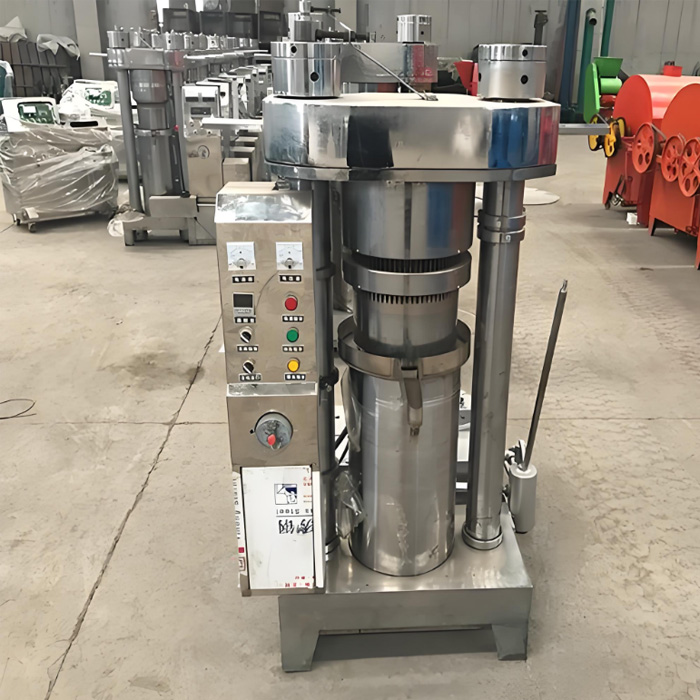SEARCH WHAT YOU WANT
Search allProductNews
SEARCH
The pressing of sesame oil mainly involves the following steps:


This website uses cookies to improve your browsing experience. By continuing to use this site, you accept the use of our cookies. Data collected from this website is processed and stored in the United States.